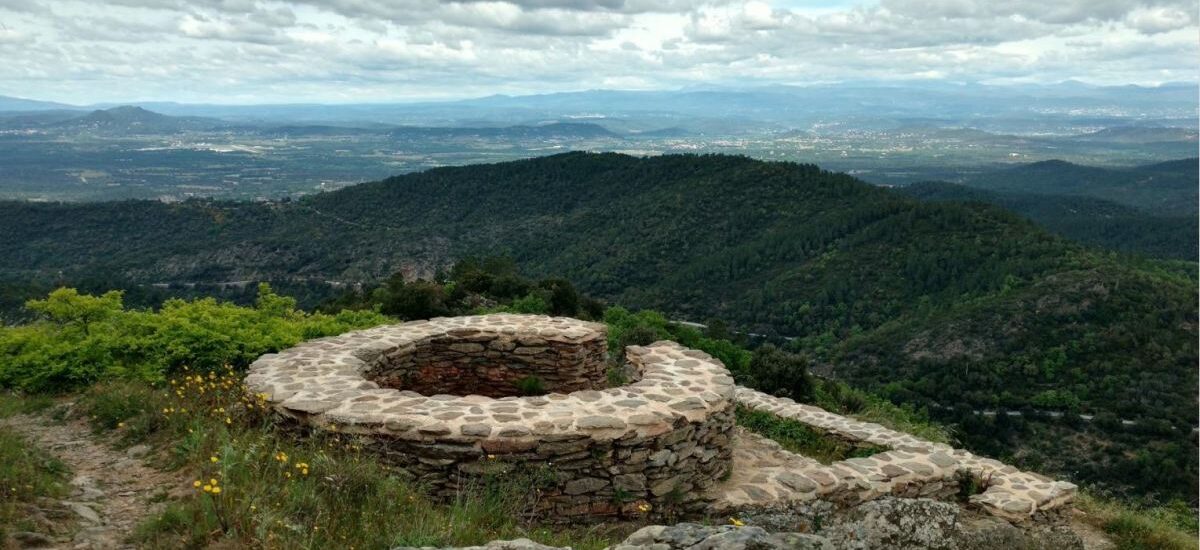Welcome to Le fort Freinet, a remarkable historical site nestled in the picturesque Massif des Maures region of Provence, France. This strategic fortification, with its roots tracing back to the tumultuous times of the Middle Ages, stands as a testament to the region’s rich and complex history.
Le fort Freinet was established in the 12th century, primarily serving as a fortified village with its thirty cave dwellings strategically positioned to control the passage between the Vidauban Valley and the Gulf of Grimaud. Its prominent location atop the rugged hills provided a commanding view of the surrounding landscape, making it a key defensive position.
During the 10th century, the region was under the control of the Saracens, a group of Muslim forces who established a stronghold known as Fraxinetum in the area. This occupation lasted until 973 when Count William I, known as William the Liberator, successfully expelled the Saracens, reclaiming the territory for the local Christian nobility.
Throughout the ensuing centuries, Le fort Freinet witnessed numerous changes in power and ownership. By the end of the 13th century, the local inhabitants began to resettle along the critical communication route between the Maures plain and the Gulf of Saint-Tropez, forming the basis for the modern village of La Garde-Freinet.
Notable figures associated with the history of Le fort Freinet include Count William I, whose efforts were instrumental in the liberation of the region from Saracen control. His victory not only restored the region to the local rulers but also marked a significant turning point in the history of Provence.
Today, visitors to Le fort Freinet can explore the remnants of its medieval past, witnessing firsthand the architectural ingenuity and strategic importance of this site. The fort’s evolution from a Saracen stronghold to a medieval village encapsulates the dynamic history of Provence, offering a unique glimpse into the past.
As you wander through the ruins, imagine the bustling activity that once filled these now-quiet spaces. Picture the villagers going about their daily lives, the soldiers standing watch, and the sense of resilience that has characterized this region for centuries.





